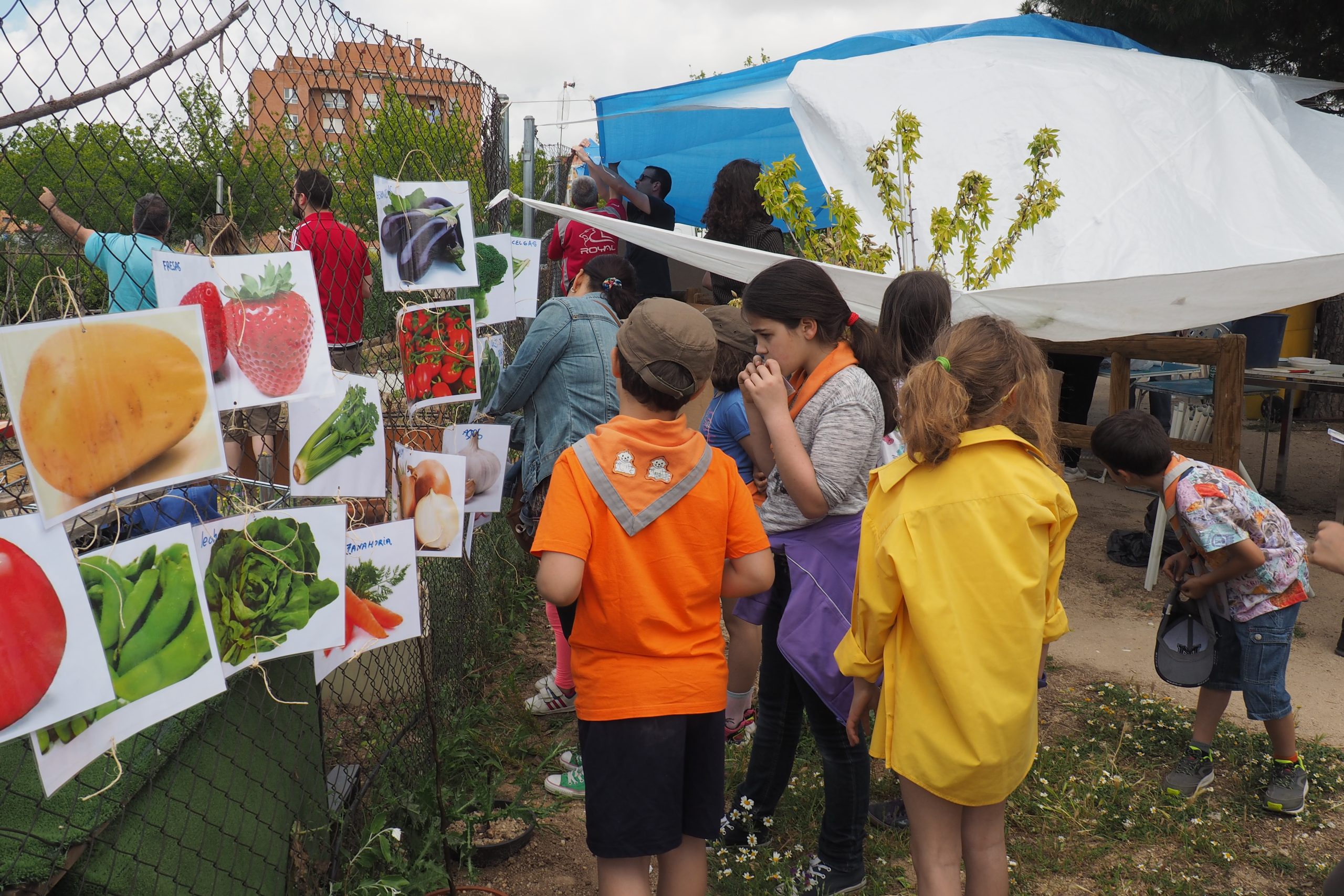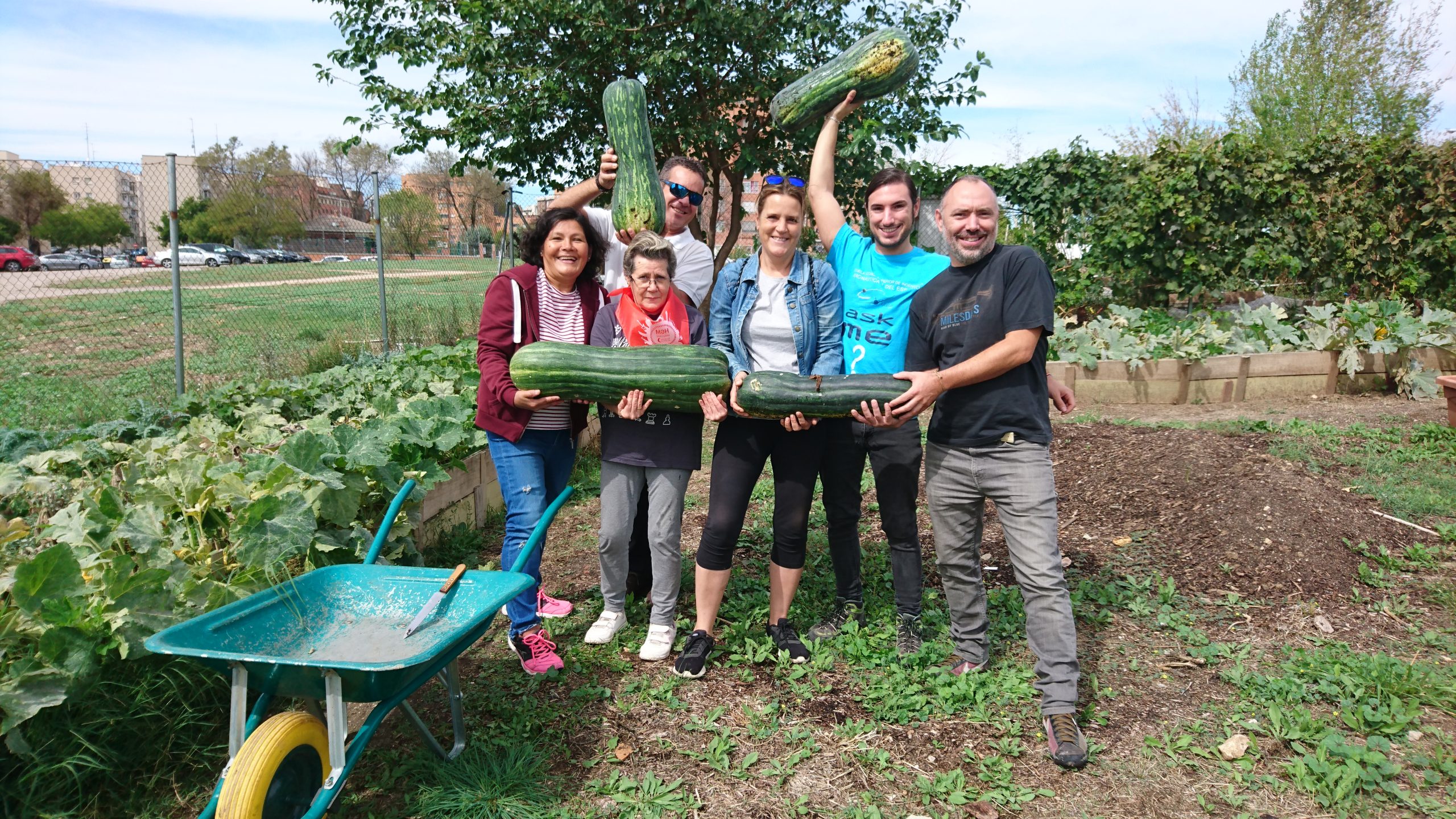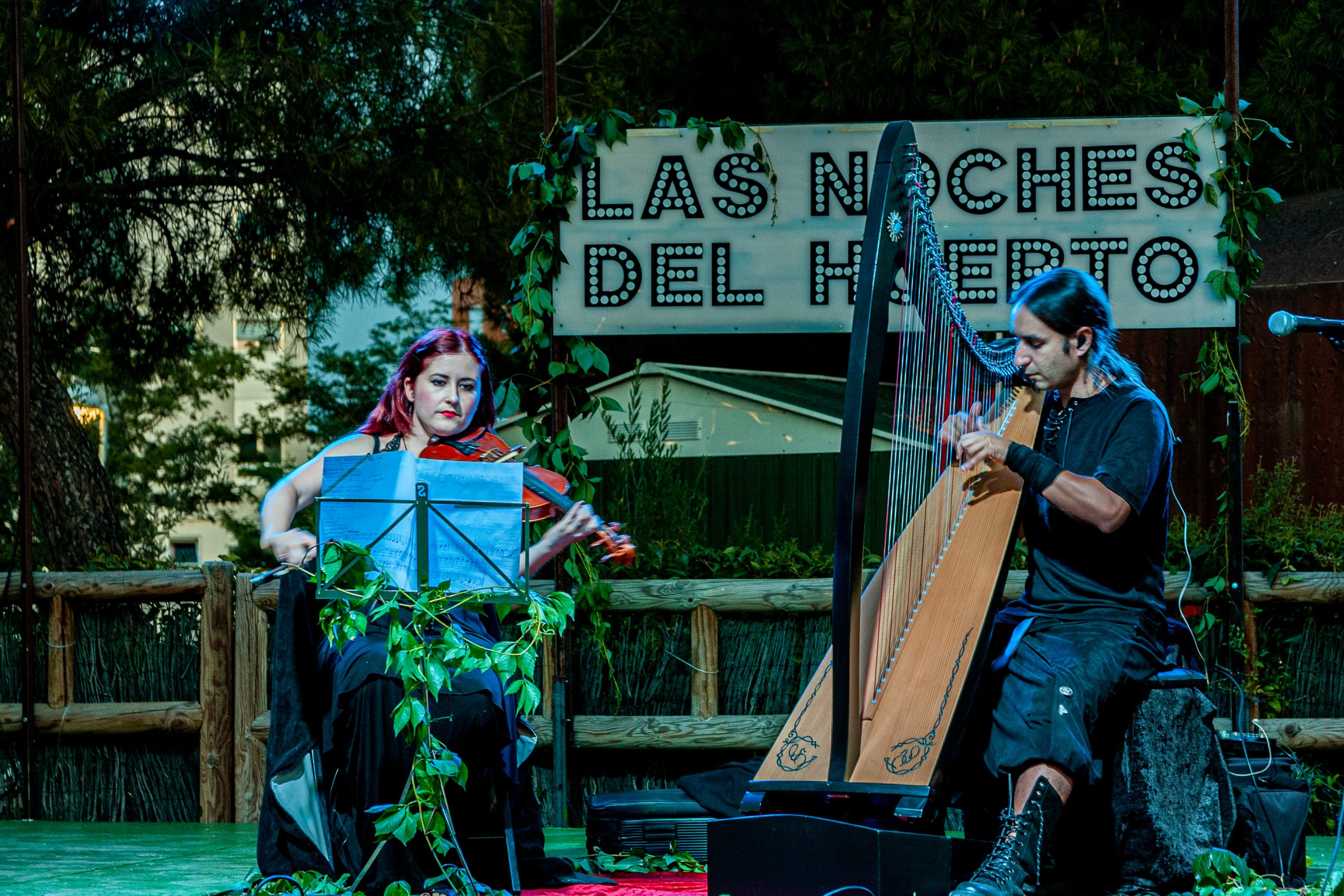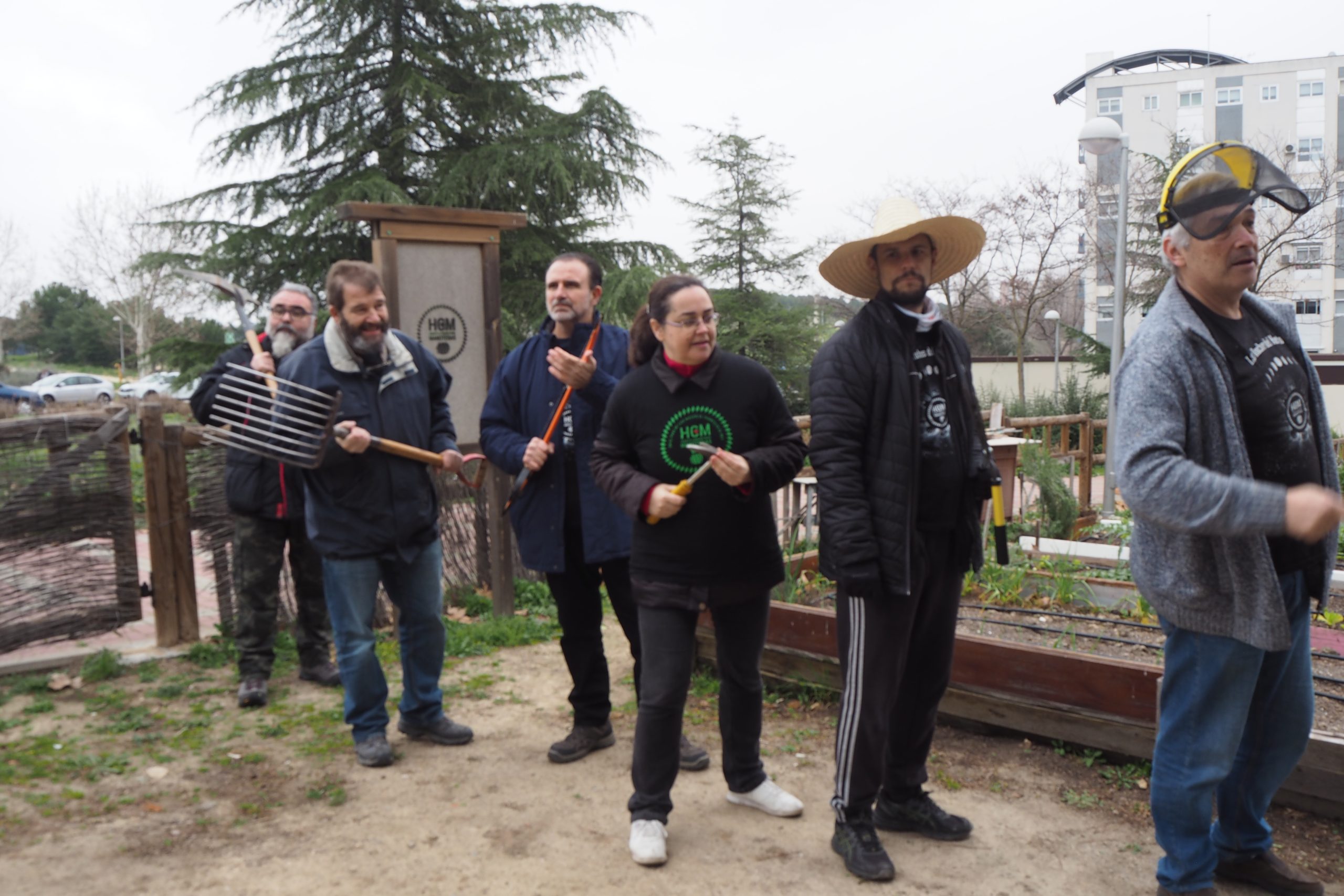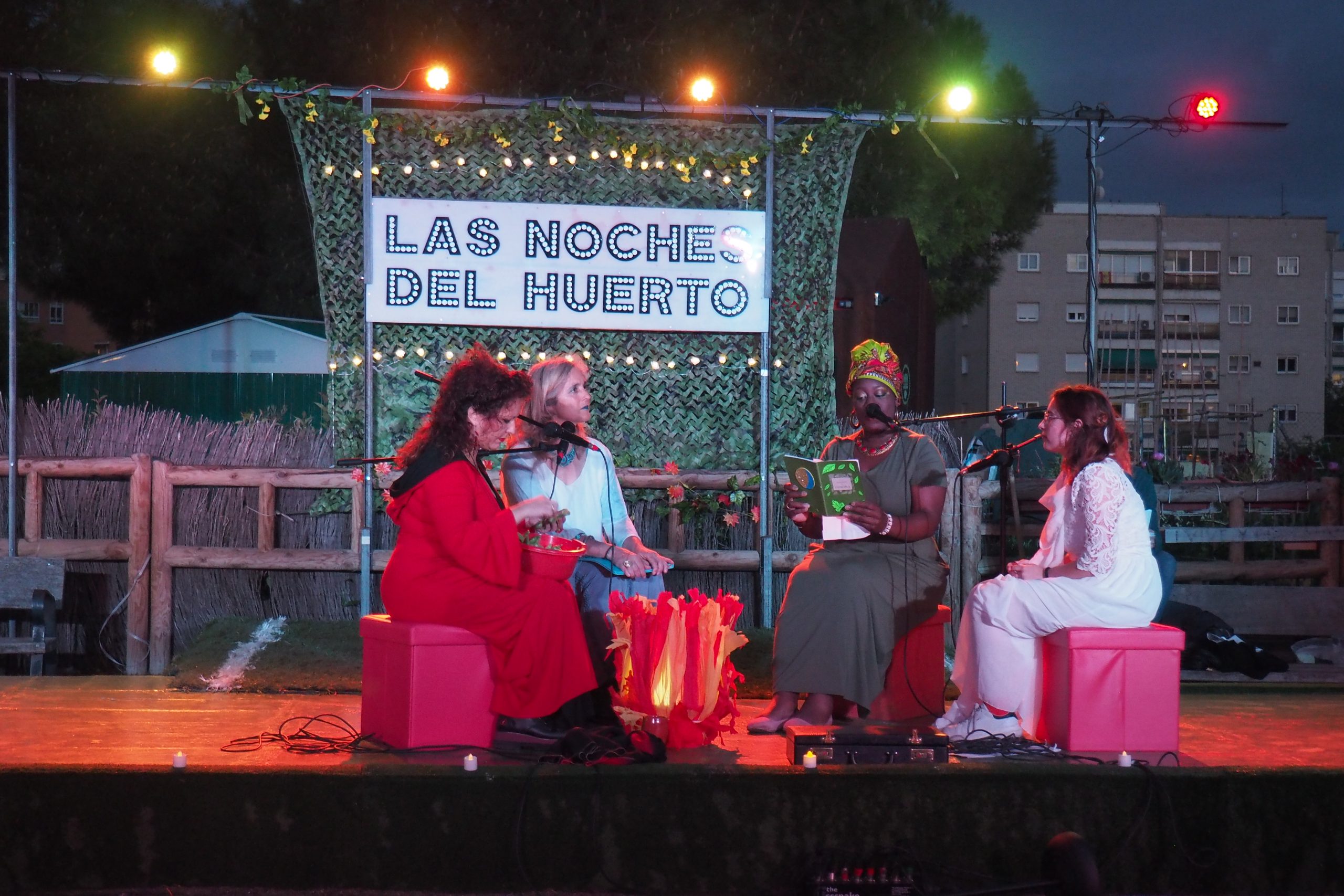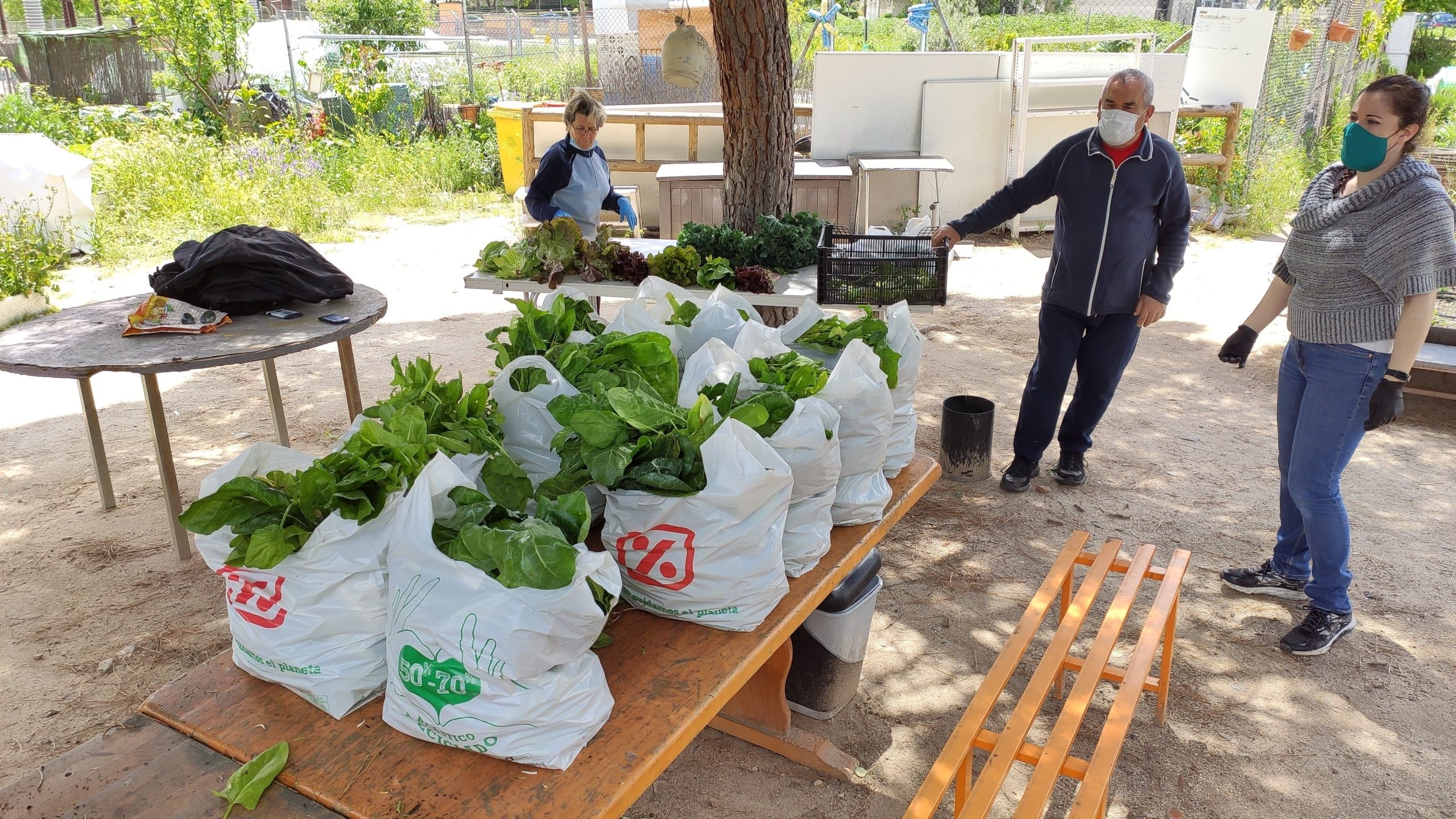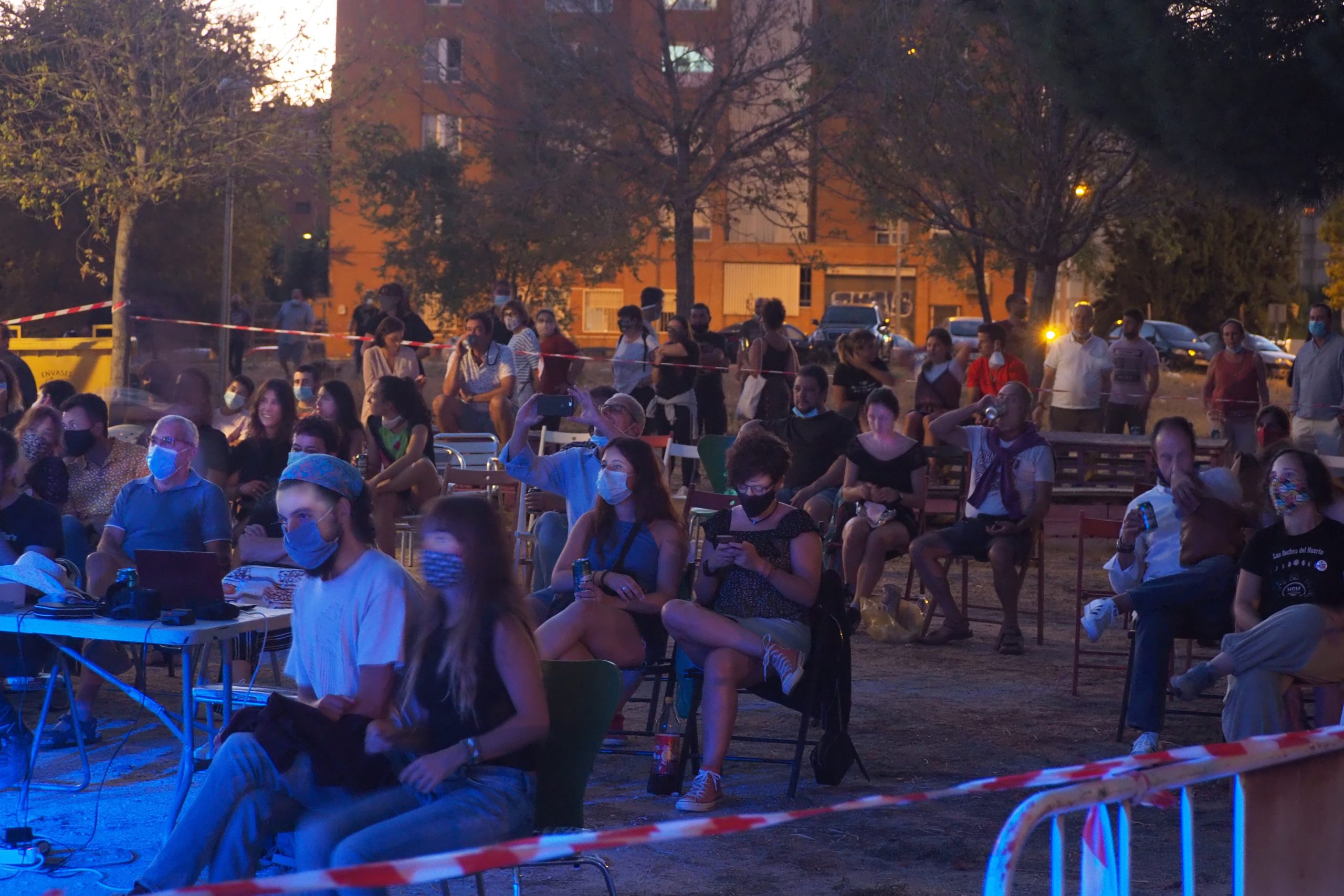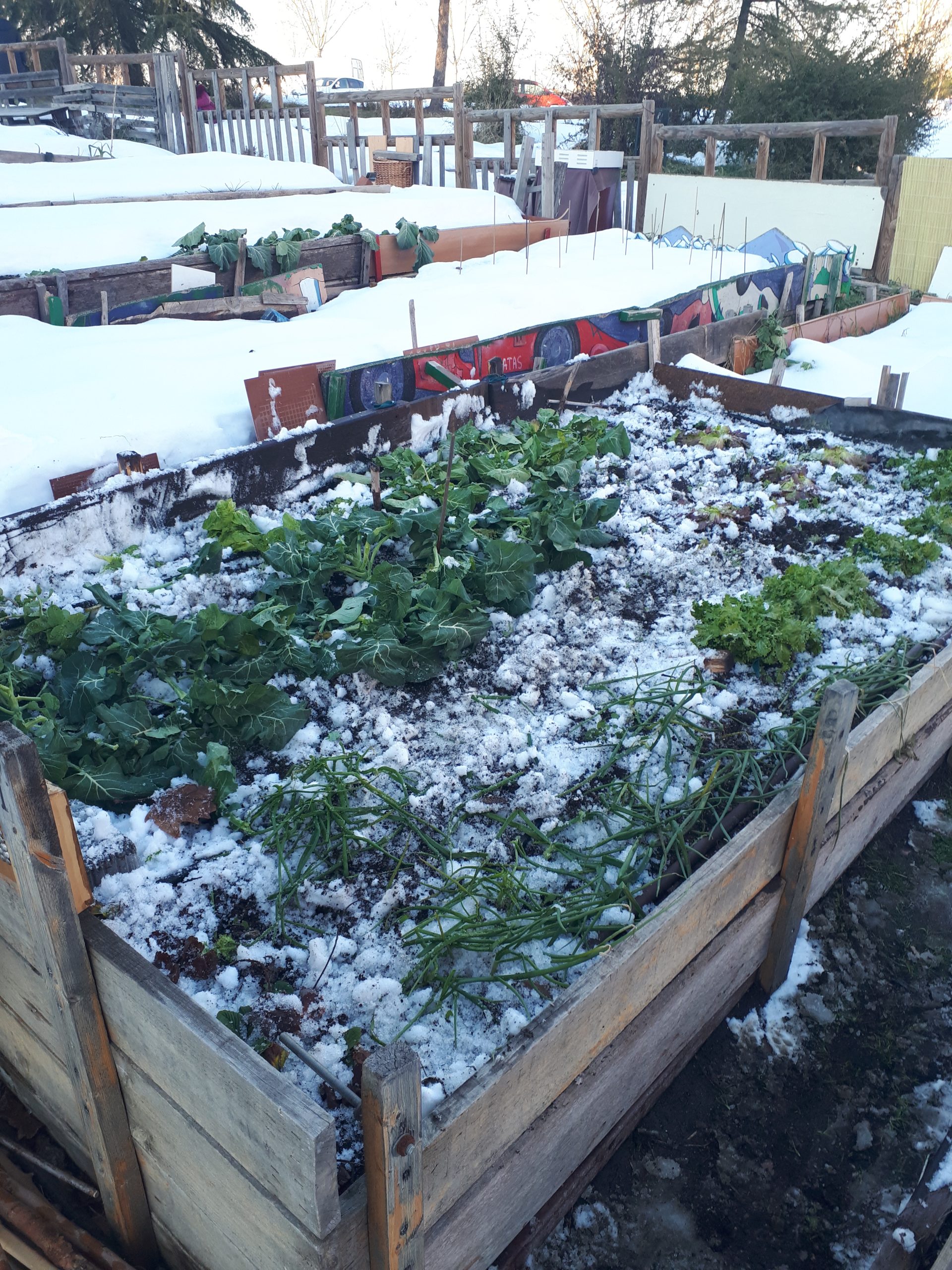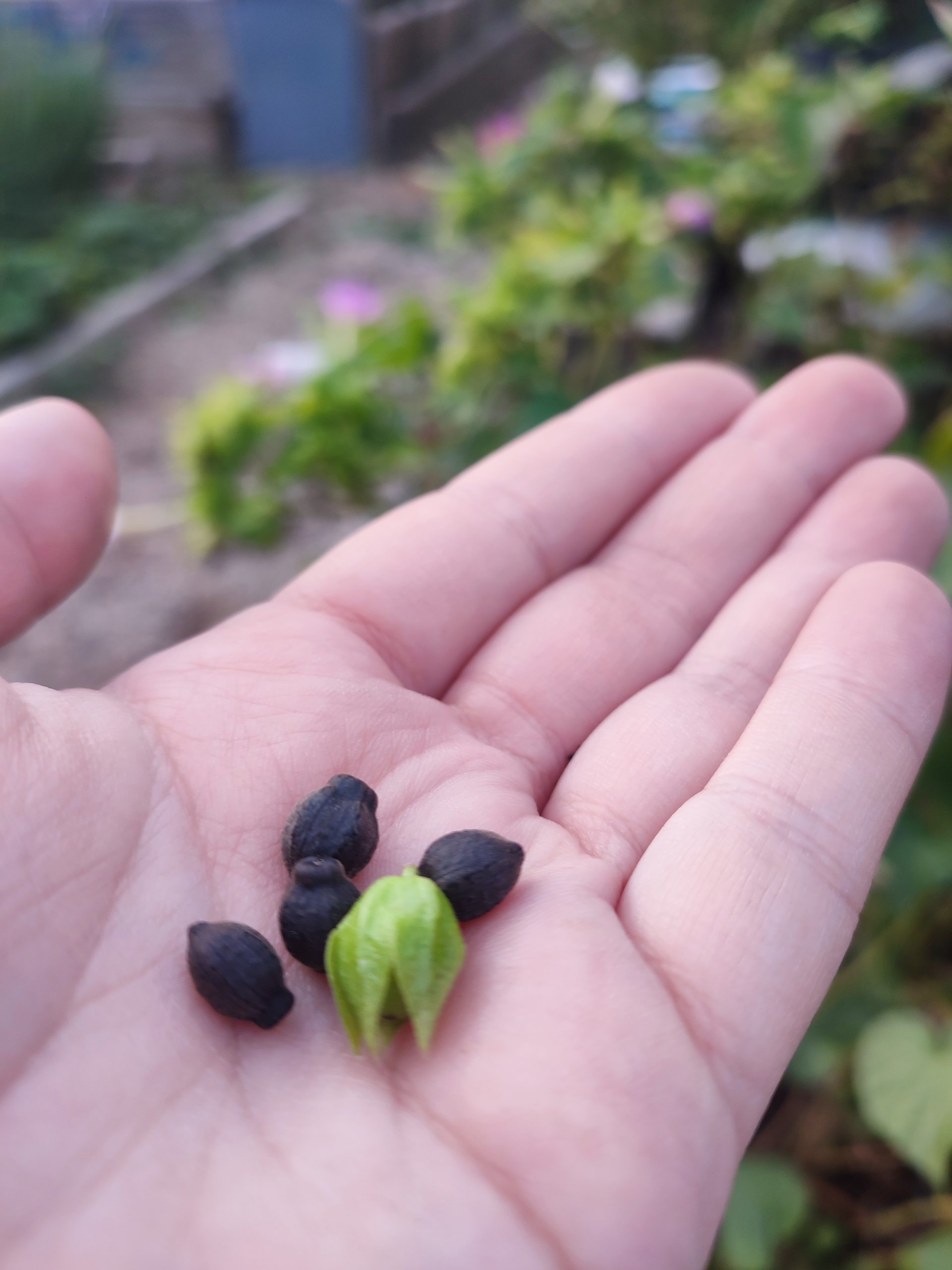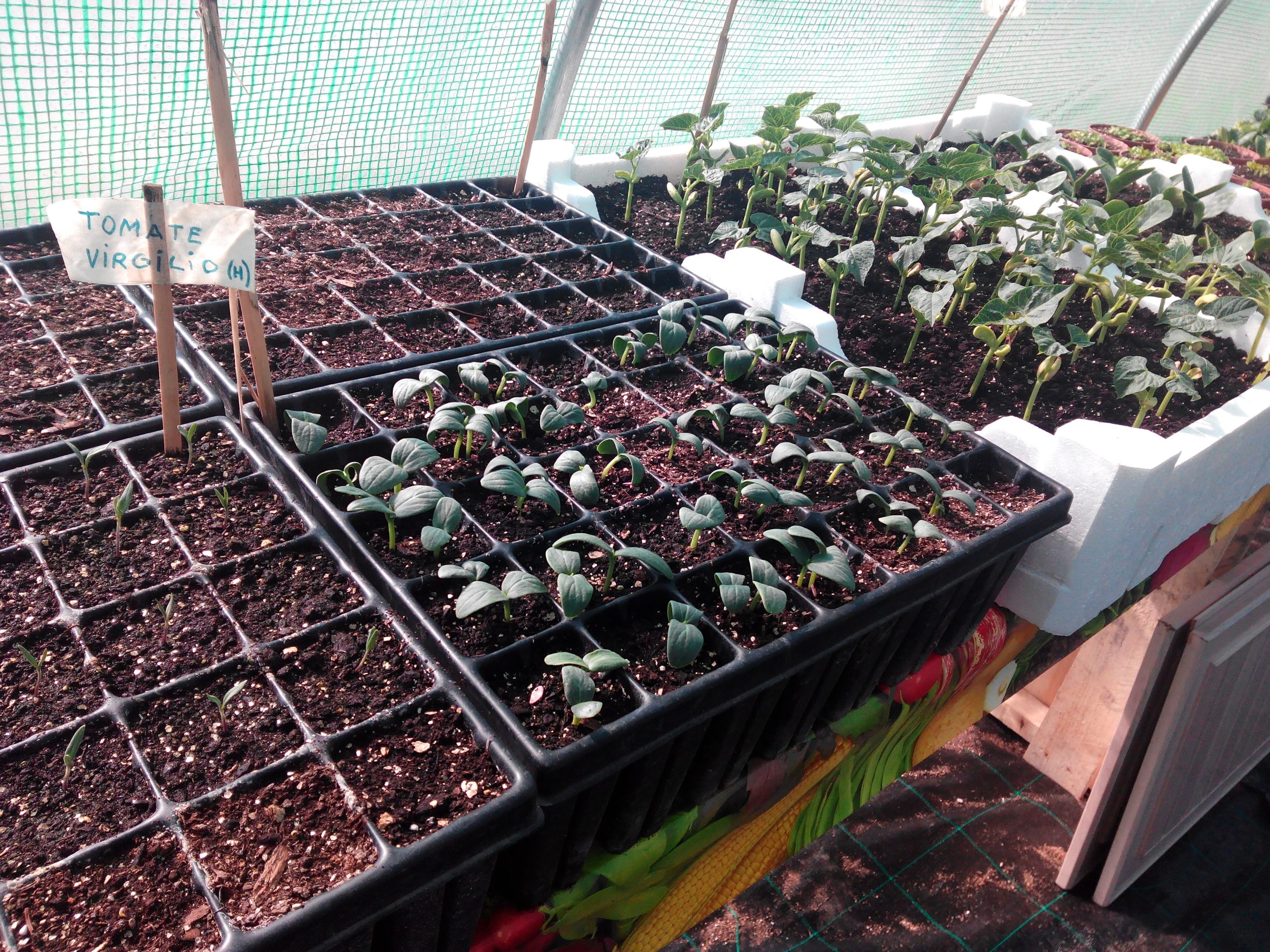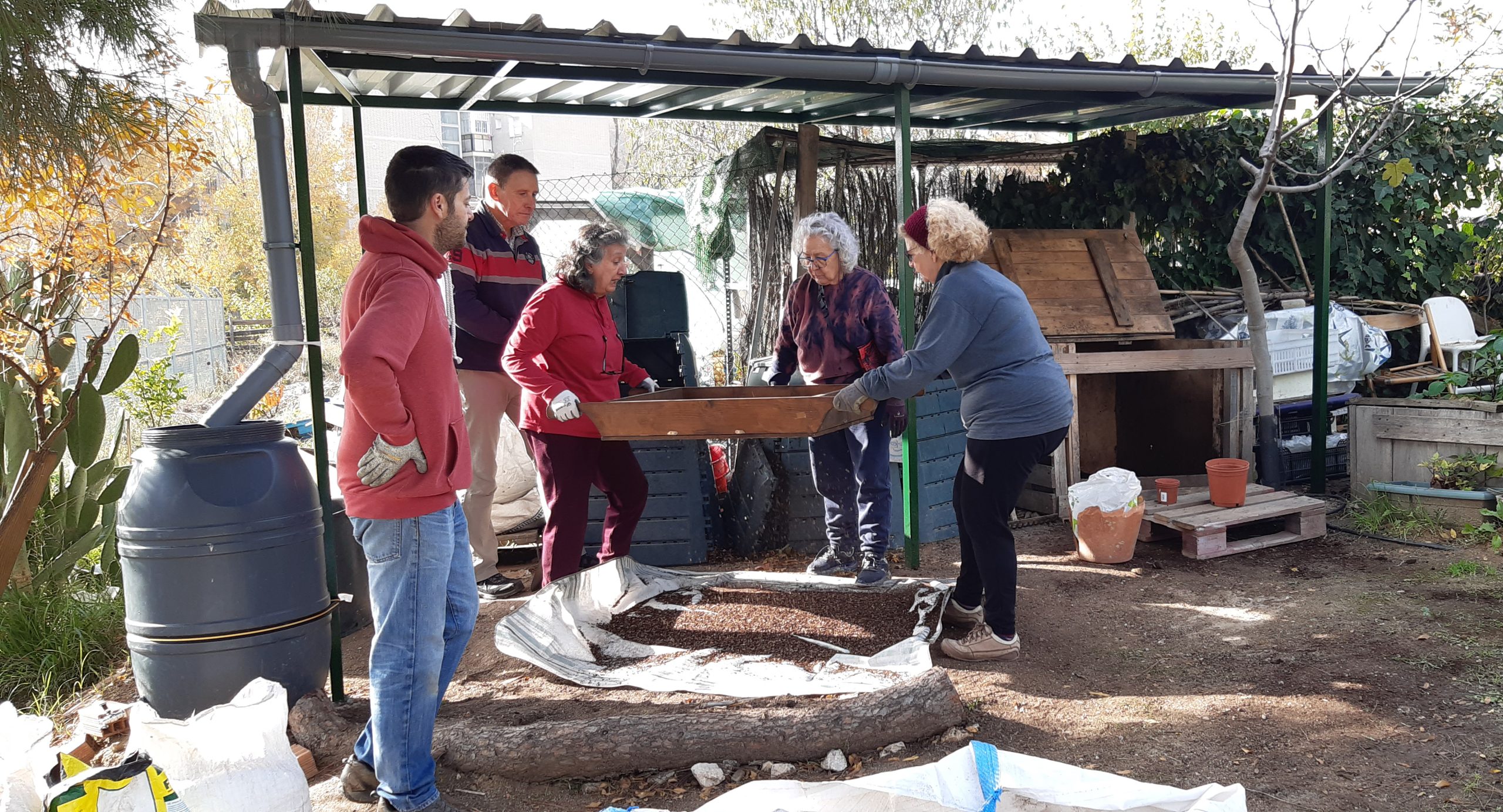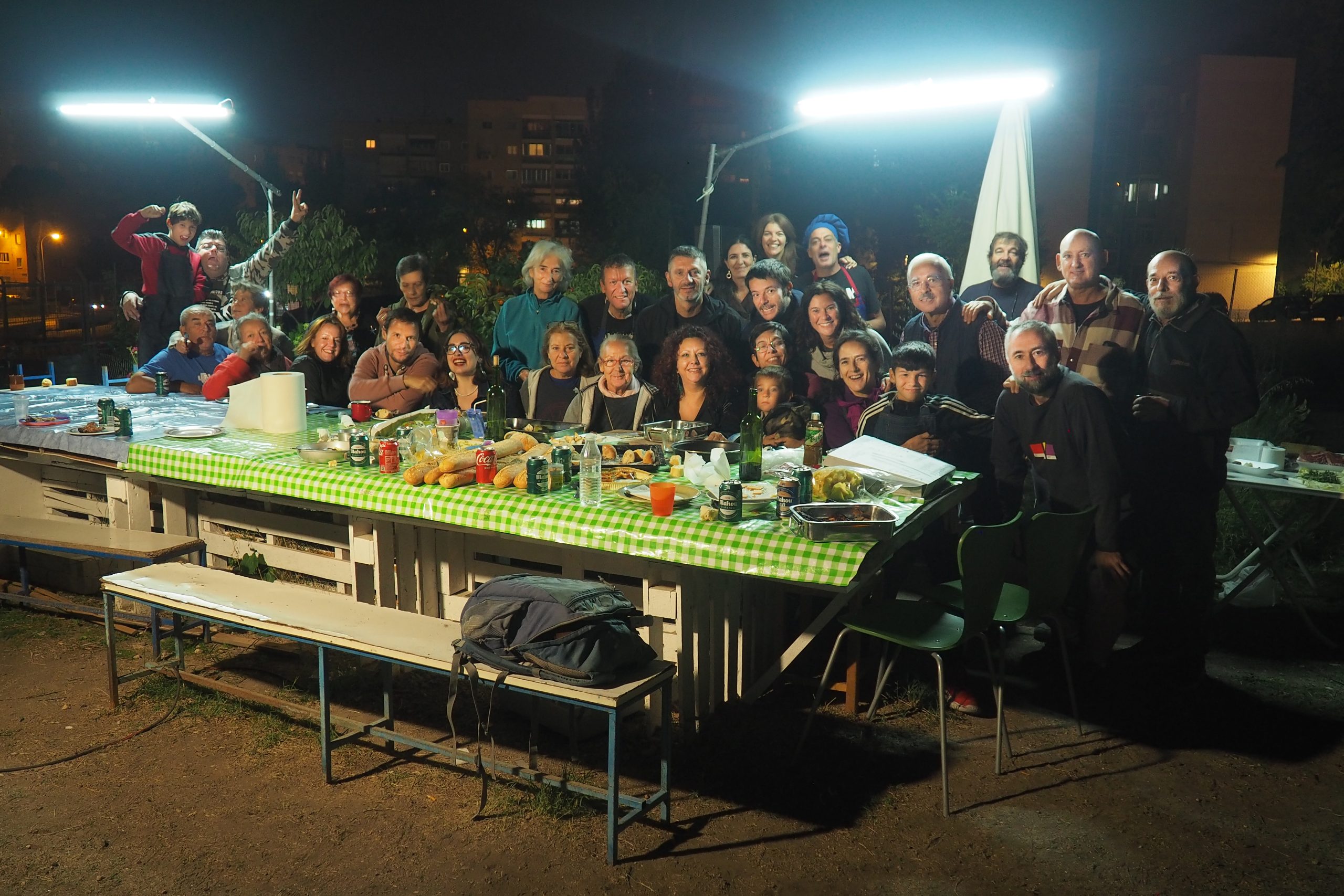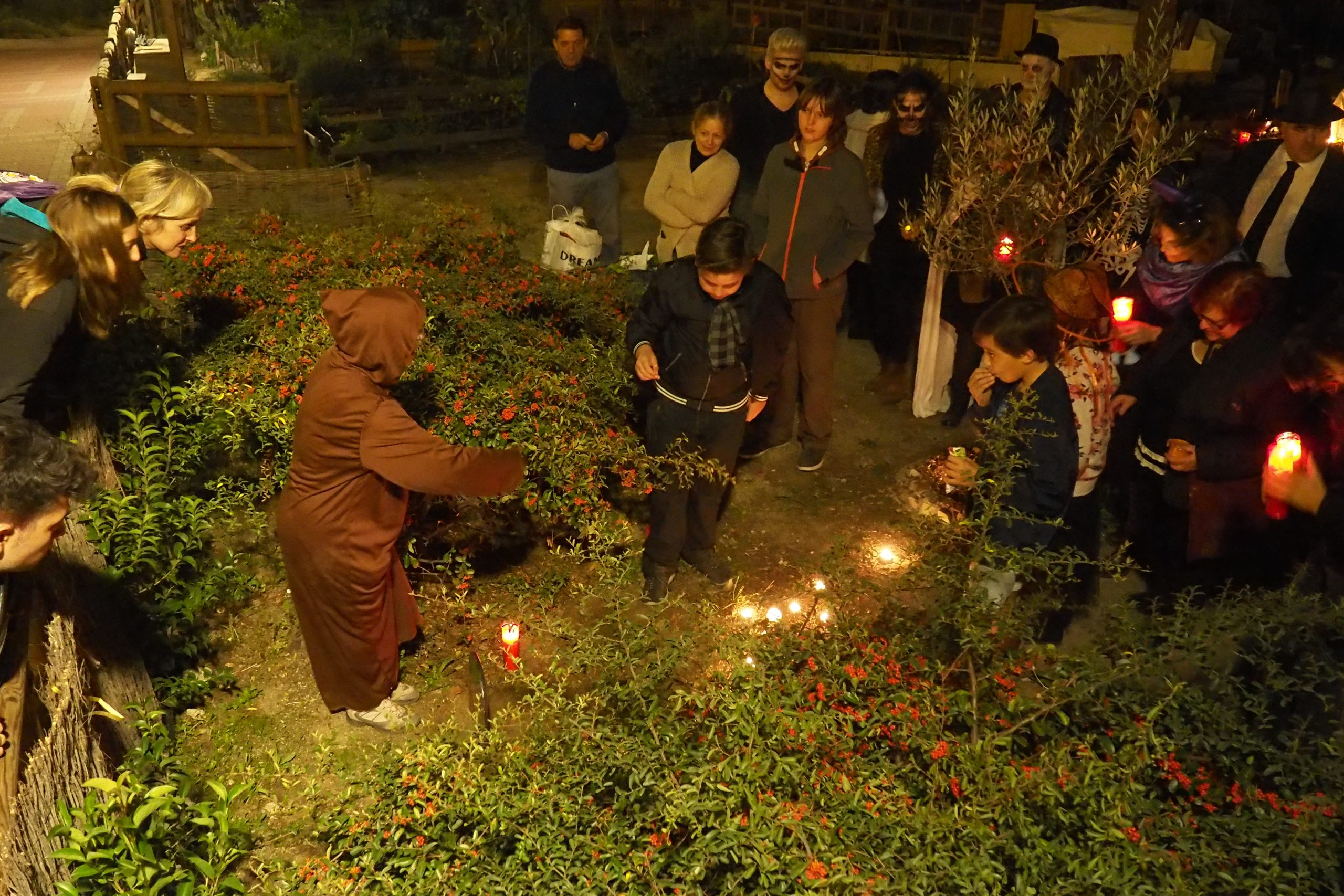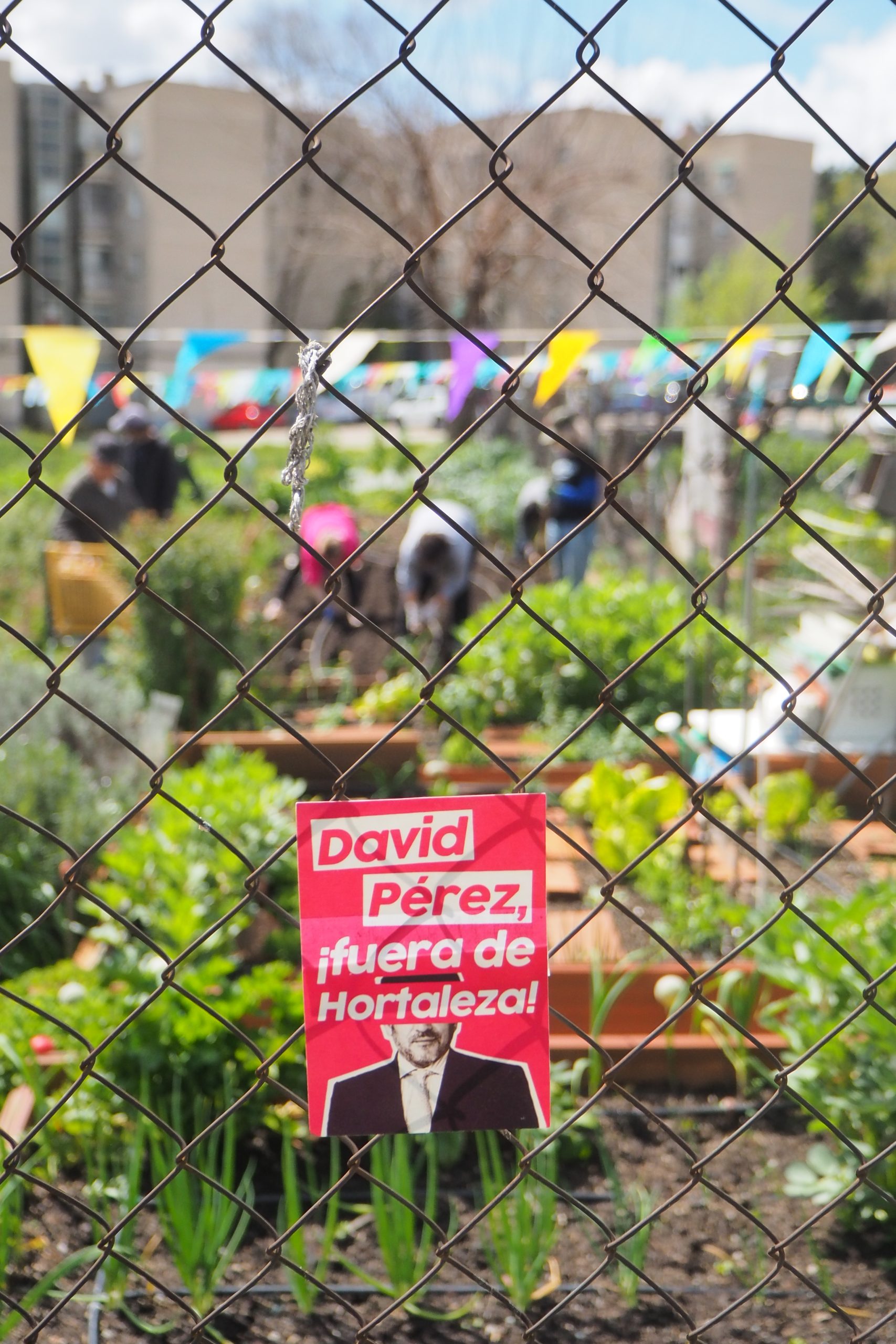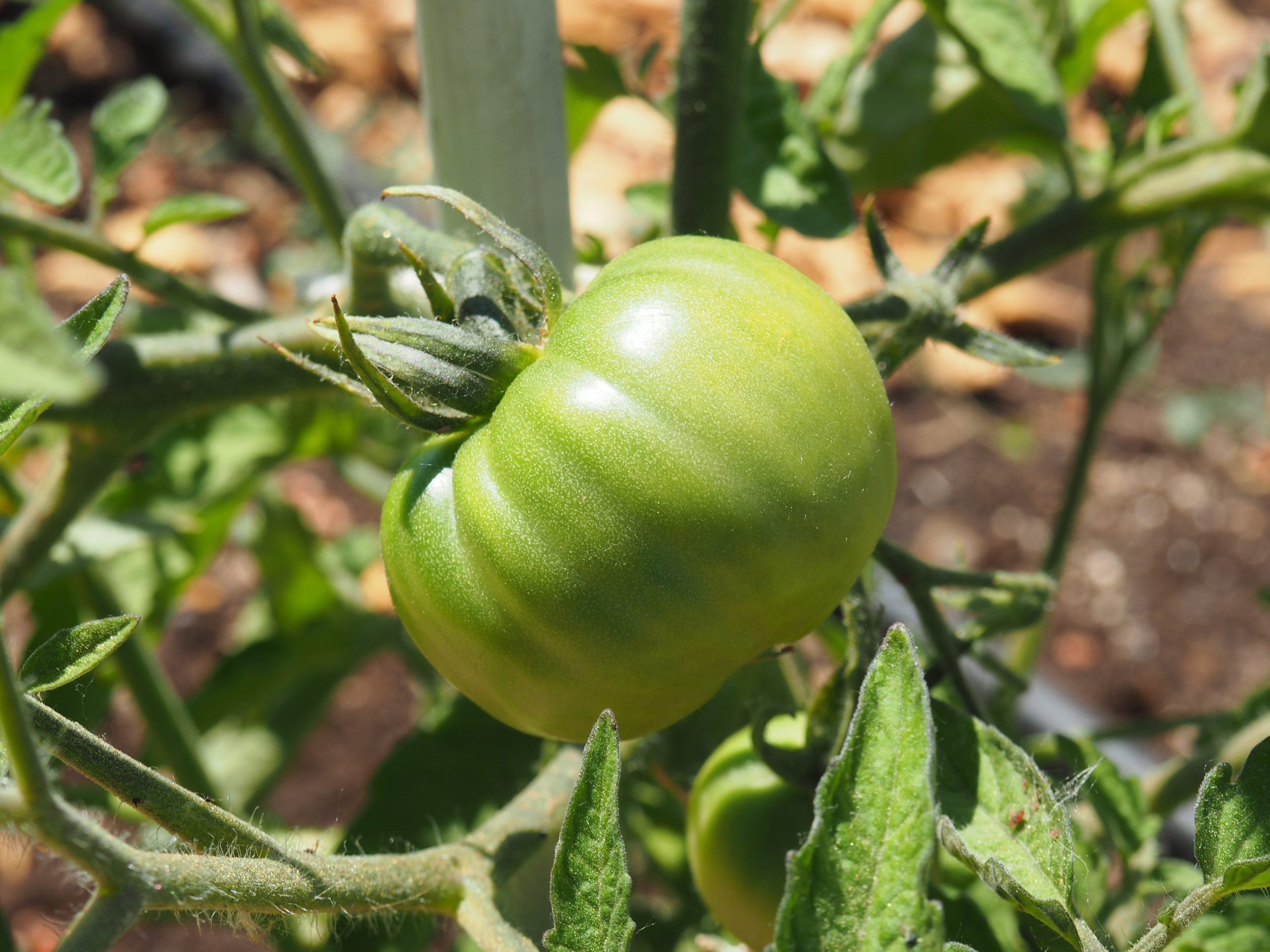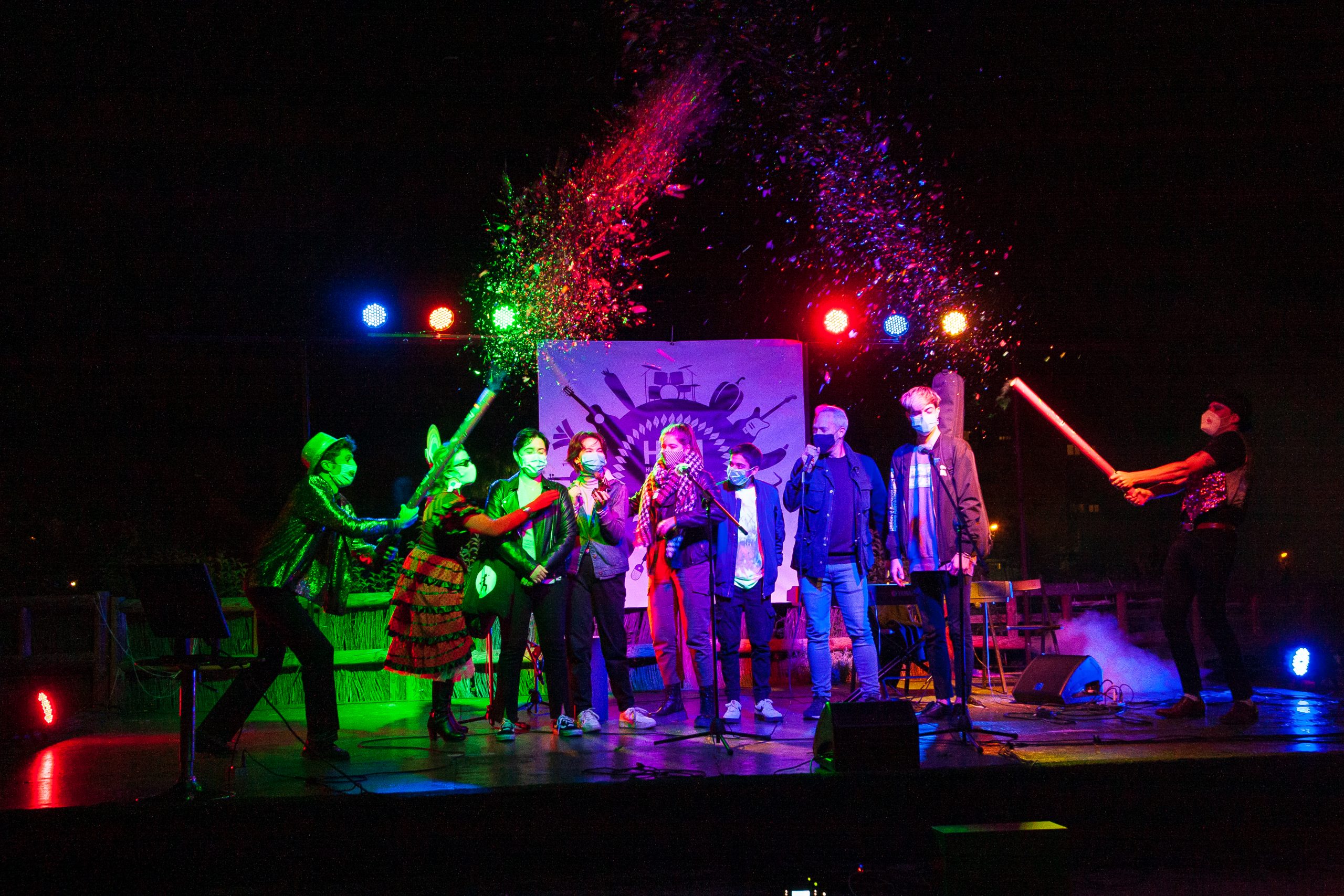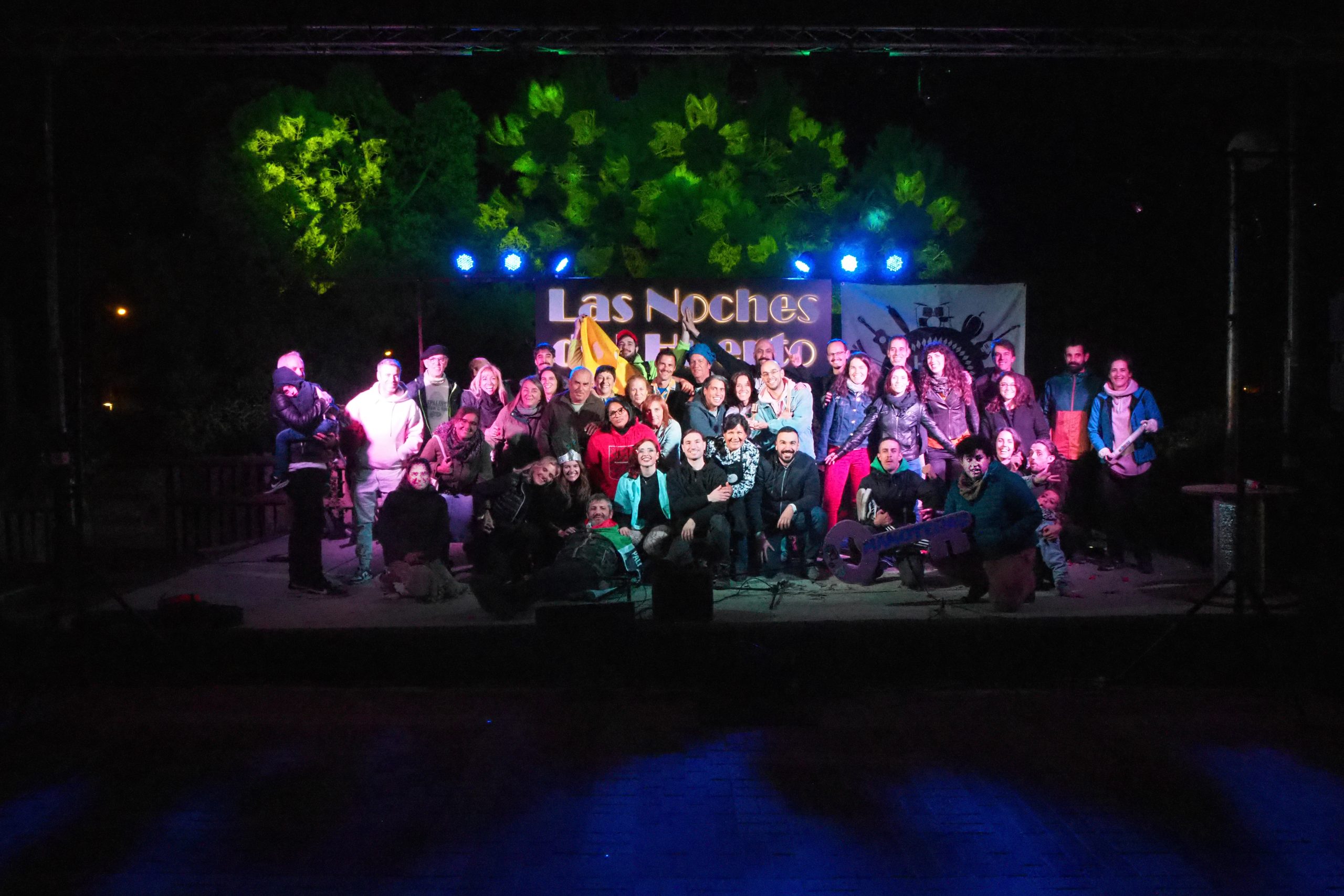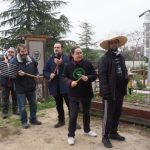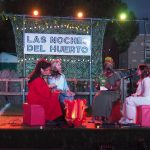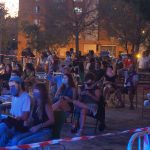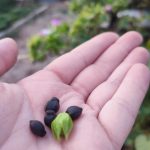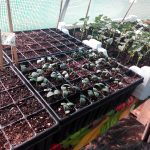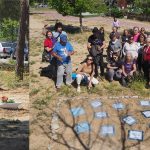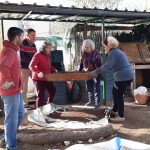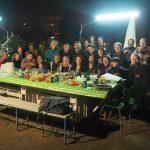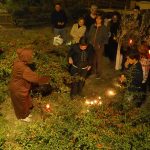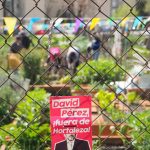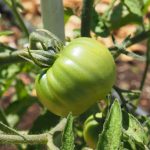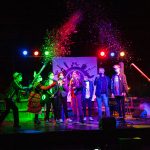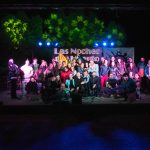The transforming power of an urban allotment
This Temporal exhibition provided to the Virtual Museum of Human Ecology is part of the tenth anniversary of the founding of the Huerto Comunitario de Manoteras (Manoteras Community Allotment), HCM, and its socio-cultural Project «Las Noches del Huerto», («Nights at the allotment»).
«Once upon a time…» in an outlying neighbourhood of Madrid, lay a plot of land which nobody claimed ownership of. A place which did not really belong to the neighbourhood, it was ugly, even bothersome: a tip. One fine day, news came to the neighbourhood (to the Manoteras Neighbourhood Association, La Soci) that this forgotten plot had been given a new purpose: to become an urban allotment, like other pioneering projects which had sprung up in the capital over the past few years.
At first the «allotment» was just a name, a word, a promise, a hopeful and happy idea which gathered around it a group of people from very different backgrounds and status: different ages, different countries of origin, different tastes and ideas, different lifestyles… gathered there by the call of the land, interested only in trying to grow something more than what they managed to grow on their balconies.
They took possession of the plot and, at last, turned it into a real allotment. They had received several hundred square metres, with a hand´s width layer of arable land (the tip remained below), a shed and a wooden fence; visible enough to mark out the space but not high or strong enough to hide that once useless plot of land. Together they set about gradually transforming it, not knowing what to expect or what the correct course of action was, if there was one. In some mysterious way, the allotment taught them many more things than they had originally had in mind, so they changed their goals and behaviour.
The first surprise the allotment gave them was the discovery, when they were trying to get organised, that there was still everything to be done and it all depended on them and them alone; that only by talking and deciding all together could they make decisions because nobody knew more than the others and they all had the right to have their say and to vote.
They decided on growing by plots, a drip irrigation system, a communal area and the possibility of independence for the other smaller areas, limited only by the communal rules they themselves had established.
This first and unexpected discovery was followed by many more, partly the result of the diversity and suggestions of all the gardeners, old and new, which made it possible to do things they would never have dreamed of individually; and partly the result of the influence of the land itself, its rhythms and needs. The metaphor of the land acted as a trigger for growing more than plants: projects, ideas, ways of cohabiting, and a festival of leisure and culture which would become known beyond the neighbourhood and district. «Nights at the allotment» was to lend cohesion and continuity to all the artistic and cultural initiatives which also had a social effect and created bonds within the community.
And the allotment continued to grow. More gardeners arrived, it opened out to the neighbourhood —although this had been the case from the start it became more consistent— it opened out to the district, it linked up to the City Allotment Network, new types of crops, new ideas and new objectives. Commissions were set up, the «Zona común» («Communal Area») was extended, they embarked on «La conquista del Oeste» («Conquering the West»), which involved replanting adjacent plots, they got through the Covid pandemic and all the restrictions and changes which came with it, Filomena´s visit, the damage….
And, every now and then, they continued reviewing the way of cohabiting to ensure that «lo común» (what «was communal») was not lost, which is what really makes this small universe great; in the knowledge that nothing is immutable, that everything passes and changes, that it is sometimes possible to lose direction. In the allotment, as the land itself dictates, there is always work to be done. And so, we continue to sow seeds, we fertilise and water, we guard against pests and look to the skies to foresee sun and storms. Because we know each year brings its rewards. And the fruits we obtain will continue to surprise us if we trust and carry on planting.
Preparing this exhibition
All the texts have been prepared by different people connected to the «Huerto». To this end, a commission consisting of people aged between 25 and 75 was set up. Likewise, this commission took charge of choosing the photos, many of them taken by the gardeners over the past ten years, the rest by courtesy of the photography group Manoteras te enfoca.
Miguel A. Rodríguez coordinated the commission which prepared this exhibition, whose members are L.G. Morgan, Mercedes Álvarez, Clara Salgado, Lucía Gonzalez, Antonio García, Julia González, Nino Domínguez, Javier García, Alejandro Romero and Jacob Djedi. The Exhibition has also counted on the contribution of many of the allotment gardeners whose experiences and anecdotes have enriched the text.
On the other hand, we have supported inclusive language in all the texts, using feminine and masculine generic terms equally, when it was not possible to find a way to include both.
Further readings
«Nights at the allotment» Instagram
YouTube channel «Nights at the allotment»
Article on the donation of the harvest to the Madrid Food Bank during the pandemic (2020)
Article on «Nights at the allotment» in pandemic (2020)
Article on «Nights at the allotment» in the post-pandemic period (2021)





